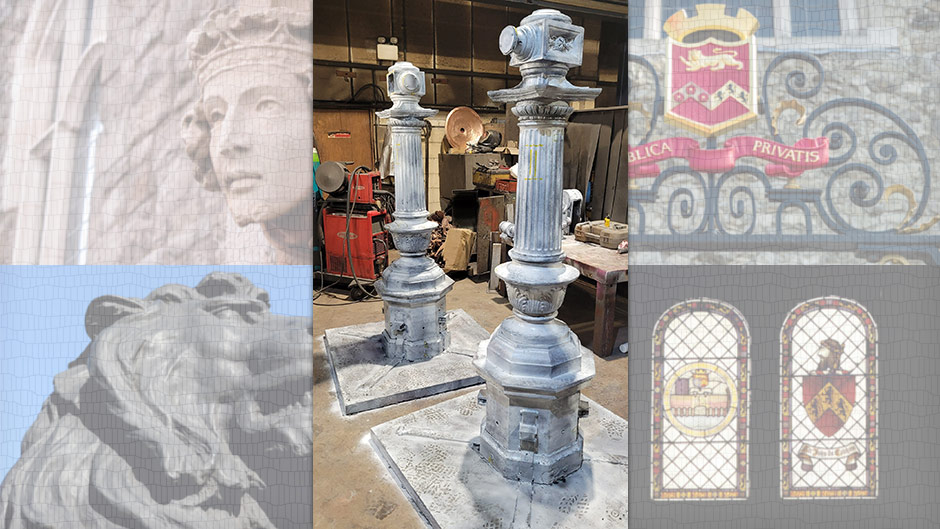Heritage engineering often comes with a selection of “known unknowns”, because limited historical information means it’s not always possible to have an exact plan of a structure before work begins.
To a certain extent, this can be factored into the planning stage of any work, anticipating a limited amount of additional time to respond to such discoveries. However it’s not practical to add significant amounts of time to relatively small jobs, and so an unknown discovered during refurbishment of two lamp columns has led to longer than anticipated delays.
First of all, don’t get too excited – there was no hidden treasure and they’ve not been revealed to be made of gold – the discovery is significant from a structural point of view, which is probably more exciting to us engineers but we’re still keen to share it with you.
The discovery was that underneath all the decorative painting on the Esplanade Gardens lamp columns, they were partially copper plated.
None of the lamp columns on the Old Bridge had received this treatment, and there is no record of when the plating was applied. You may think this is an insignificant discovery, “just paint over it!” we hear you cry, but it’s not as simple as that.
As already stated, we don’t know when the copper plating was applied. More importantly, we don’t know why it was applied. Was it to attempt to cover up damage to the original structures? Is there something else hidden underneath? And then there are the future considerations of will the lamp columns be in a better condition in the long-term with or without the copper plating?
After careful consideration and research, it was decided the best decision was to carefully remove the copper to reveal the structures underneath.
To the naked eye the columns appeared okay, but we needed more certainty and so non-destructive dye testing was undertaken. This is a type of testing that is often used to look for defects in metalwork, plastics and ceramics.
First the columns were cleaned, then they were coated in a special, non-permanent dye. Where there is any damage, such as cracks or scuffs, the dye would show up a darker colour. This made it easier to visually inspect the columns and identify where repairs were needed. Once the test was complete, the dye was cleaned off.
It was important to carry out this test because these lamp columns are more than 100 years old and they will be placed in the public realm. Having a full catalogue of the damaged areas allows us to fix them now in the safety of the workshop and with minimal disruption to the public.
An additional benefit of this whole process was that it helped to identify areas where any areas of decorative detail may have been lost and replacement castings were needed.
All of this takes time, with the lamp column repair work being painstakingly carried out by Cast Iron Welding Services, based in Coalville, accompanied by the creation of new lanterns from Pudsey Diamond, in Hampshire.
Their work has been supported by information gathered during the Rochester Bridge Refurbishment Project, which meant the colour schedule for the decoration had already been confirmed – the oranges, apples and grapes on these columns will be painted to perfectly match their siblings on the Old Bridge.
Work is ongoing, and we’ll share another progress update later.


